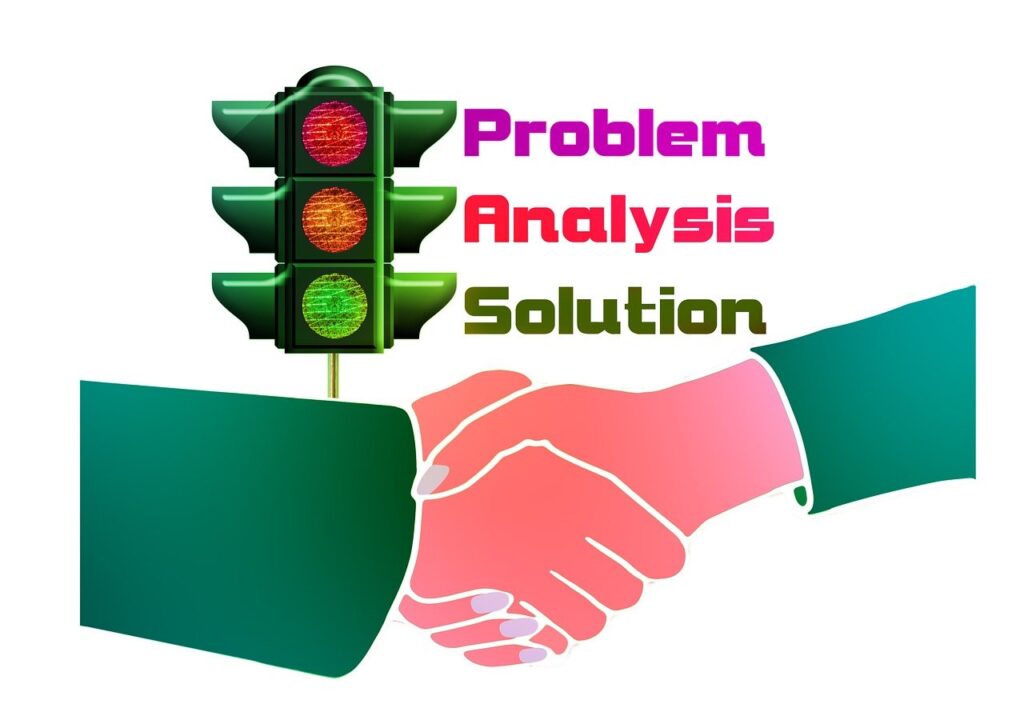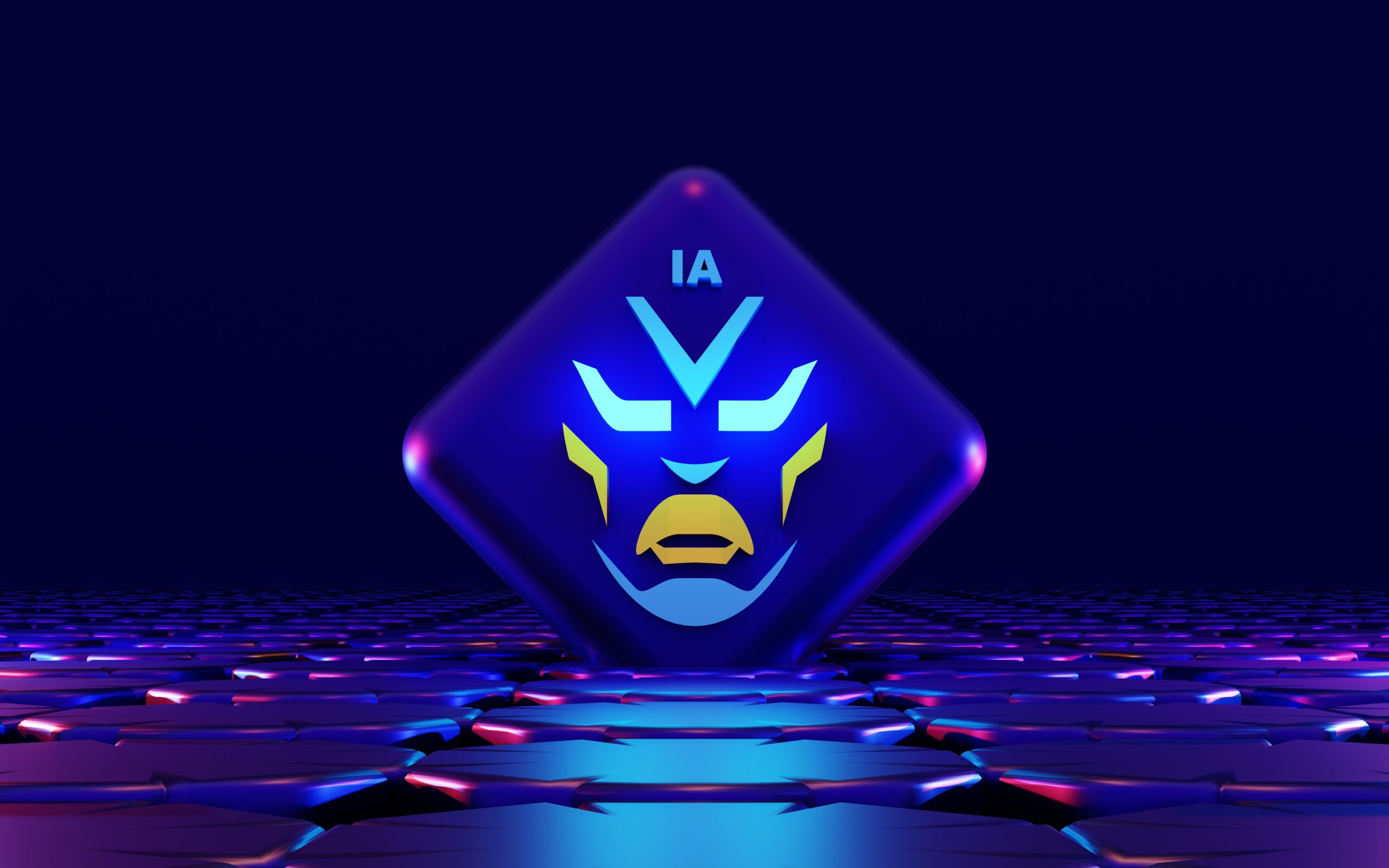AI-assisted Patent Drafting involves applying various Natural Language Processing techniques (NLP) to assist inventors, researchers, and patent attorneys in creating high-quality patent documents. NLP is crucial in automating and optimising the patent drafting processes.
Patent analysis is a proven means of exploring and understanding technology advancement, while patent citation networks could help pinpoint key technological frontiers.
Patent attorneys utilize word processing programs to draft applications. With natural language generation technologies becoming more advanced, drafting tools have become even more advanced – potentially replacing humans in this aspect of drafting work. Here are some NLP methods that are commonly used for AI-assisted drafting of patents:
NLP Techniques for Patent Analysis
AI-assisted patent drafting makes use of NLP techniques to analyze patent documents, including applications themselves, to quickly and efficiently identify relevant prior art. This helps decrease search time while simultaneously focusing on finding what is truly pertinent as opposed to spending hours searching irrelevant patents.

Text Preprocessing
Before applying advanced NLP techniques, it’s essential to preprocess the patent text. This step includes tasks like lowercasing, tokenization (splitting text into words or subwords), removing stop words (commonly occurring words with little semantic meaning), stemming or lemmatization to reduce words to their base form, and handling special characters.
Text preprocessing’s main objective is to transform unstructured, noisy text into an organized format that NLP algorithms can easily process. Here are a few common text preprocessing methods:
Lowercase
By converting all text into lowercase, you can achieve consistency and reduce the complexity of text-processing. This avoids treating words with different case as separate entities.
Tokenization
Tokenization is the process of breaking down text into words or subwords. This is an important step because it separates the continuous text and makes it easier to read.
Stop Word Removal
Stopwords are words that have little semantic meaning. Examples include “the,” “is,””a,” and “and.” These words can be removed to improve processing efficiency and reduce noise.
Special Character Removal
Special symbols like punctuation, symbols and emojis can be removed from text because they do not usually add to the meaning of the text and can cause problems with analysis.
Named Entity Recognition (NER)
NER is used to identify and classify entities mentioned in the patent documents, such as names of inventors, companies, technologies, dates, locations, and other relevant entities. This can help in organizing and categorizing patents more effectively.
Part-of-Speech (POS) Tagging
POS tagging involves assigning grammatical tags (e.g., noun, verb, adjective) to each word in the text. It can be valuable for understanding the context of words and extracting meaningful information.
Sentiment Analysis
Sentiment analysis can be applied to patent text to determine the sentiment or tone expressed in the documents. It helps in understanding how the patent holders or inventors feel about the technology or its potential impact.
Topic Modeling
Topic modeling techniques, such as Latent Dirichlet Allocation (LDA), can be used to identify and extract underlying topics or themes from a collection of patents. It allows clustering related patents together and discovering technological trends.
Text Similarity and Document Clustering
NLP techniques can be used to calculate the similarity between patents or group similar patents together through document clustering. This helps in identifying similar inventions and prior art.
Information Extraction
Information extraction techniques can be employed to extract specific information from patents, such as claims, technical details, citations, and references. This enables building structured databases for easier retrieval and analysis.
NLP tools can also assist with patent landscape analysis. I2E provides access to ontologies such as Entrez genes, MeSH terms, National Cancer Institute, thesaurus and chemicals; while automatically converting IUPAC chemical names into SMILES-format for search engine use. Such tools can save researchers considerable time redrafting and reviewing patent applications that pertain most closely to their research or product development efforts.
As the NLP industry develops, more advanced text-analyzing tools have become available; some even feature Natural Language Generation (NLG). NLG technology can be applied in many areas including document analysis, summarization and text-to-speech systems.
NLP Techniques for Patent Drafting
Patent drafting is a complex, unsettling task in which experienced attorneys often must navigate an intricate web of legal, scientific and business parameters. Human expertise remains indispensable here – but AI will only become reliable enough for this job when its generalization capabilities can match those of humans as well as handling novel technologies and situations that arise in the future.
NLP tools can assist in claim drafting by identifying similarities among patent claims that can save both time and effort in reviewing complex subject matters.
Claims in patents define the scope of protection granted by them, yet can often be difficult to read and comprehend. Natural Language processing algorithms can assist patent attorneys and applicants when drafting claims or reviewing existing ones that might reveal any potential scope issues that need reviewing.
NLP technology can also aid patent drafting and review by helping identify relevant keywords for patent applications or claims. NLP software can identify relevant terms while simultaneously filtering out those that are irrelevant, as well as detect words commonly mistyped or accidentally combined in text (such as comprising, combining or combine first).
As part of an effort to ease the strain of interpreting patent applications, attorneys are turning to natural language generation tools as a means of aid. Such an NLP technique allows attorneys to effectively translate application text into structured and meaningful form for easier reading and lessened time spent reviewing it by automating parsing and summarizing processes.
As the NLP field develops, additional text analysis tools are being deployed in patent applications. Auto-classification helps streamline searching by eliminating manual interventions and decreasing search times, while other NLP tools help improve efficiency when conducting searches on chemical structures. Chemical Abstract Services recently collaborated with Brazil’s National Institute of Industrial Property (INPI) to implement AI tools into searching processes resulting in significant decreases in examination times.
Sentiment analysis is another NLP technique being utilized in patent applications. This allows patent examiners to quickly assess whether applicants are being objective or subjective when discussing their invention, aiding the decision-making process and improving decision-making outcomes. Sentiment analysis may be applied to text passages from applications, claims and specifications for additional analysis.
Machine learning algorithms are increasingly being utilized to analyze patent documents. These algorithms can identify patterns, trends and relationships within the data to provide recommendations for further study or action; as well as any potential issues such as non-compliant language or inconsistent wordings within documents.
NLP can assist in improving consistency and quality in patent drafting by providing some degree of standardization that may lessen reliance on individual talent or habits for drafters. NLP technology also facilitates automation to ensure all necessary details for patentability are included (such as sufficiently describing inventive processes so it’s “factually feasible to replicate technical solutions”).
NLP Techniques for Patent Searching
NLP can help streamline patent searches and reduce search time for examiners or applicants by using textual sources like patent applications, OA publications and search results to assess and analyze information contained within textual sources such as patent applications, OA publications and search results. NLP can compare claims against existing patents to identify relevant prior art, which helps speed up searches while decreasing their search times significantly.

As for search capabilities, NLP has made it much simpler to comprehend and locate references in patent databases even when they do not match exactly with search queries, known as semantic searching. Professional searchers frequently recall making connections based on an in-depth knowledge of both their objective and of references being reviewed that enabled them to identify key references not included in an index.
Recent advances in NLP have also enabled more efficient and accurate translation of patent documents into other languages. While machine translation has long been used, recent approaches leveraging NLP techniques have dramatically decreased translation times while simultaneously improving translation quality.
NLP can also assist in computer-assisted drafting, where its strengths lie in claim drafting and finding unclaimed subject matter in applications. NLP software can analyze draft patent applications to detect various forms of unclaimed material; providing guidance as to how best to limit an invention’s scope. This feature is invaluable for both experienced patent attorneys as well as trainees; peer reviews may not always catch errors during draft drafting. Here are some key NLP techniques and strategies to consider when conducting patent searches:
- Keyword-based Search: Use relevant keywords related to the NLP topic you are interested in. You can cover many variations by using synonyms, abbreviations, and related phrases.
- Named Entity Recognition: This NLP technique can identify entities like organizations, technologies, and NLP methods that are mentioned in patent documents. Using NER to improve the accuracy of your search results.
- Lemmatization, and stemming: These are techniques that can be used to normalize words back to their original form. This reduces variations and increases the chance of finding relevant results.
- Phrase and Concept extraction: Use NLP algorithms for extracting relevant phrases or concepts in patent documents. This can help you to understand the main ideas, keywords, and patents.
- Word Embeddings – Use Word embeddings such as GloVe or FastText, to represent words in dense vectors. You can use this to find terms that are similar and concepts that are related in the patent documents.
- Topic Modeling: Use topic modeling techniques such as Latent Dirichlet Allocation or Non-negative matrix factorization (NMF) to identify latent topics in the patent documents.
- Sentiment Analysis – While not directly related to patent search, sentiment analysis is useful in understanding the context and impacts of certain NLP technologies mentioned in patents.
- Text Classification: Use text classification algorithms to classify patents into NLP-related categories, which will help you narrow down your search.
- Natural Language Understanding: NLU models help you understand and interpret the content of patents, and enable more
NLP Techniques for Patent Prosecution
Patent documents are highly detailed documents, comprising both text and other metadata that helps the reader interpret it correctly. A patent may include an International Patent Classification (IPC) code to indicate its technical characteristics – for instance patent US4575330A has IPC code G09B25/02 which provides essential insight into whether a patent will have enough novelty to warrant being granted a license.
Combining NLP techniques and machine learning (ML), it is possible to utilize these methods automatically analyze patent texts to detect relevant information, streamlining search processes while improving quality results, as well as decreasing the time and effort commitment required in searching documents. Furthermore, such techniques provide greater insight into document context by offering a better contextual understanding of keywords used within documents.
NLP technologies can also be employed to analyze patent documents to detect key areas for search or drafting, thus automating many manual processes that currently take place, freeing up resources for more pressing tasks such as analyzing and interpreting patents, searching similar documents, and developing more precise translation tools.
NLP technology can be utilized to extract keywords from a patent application and compare them with existing publications in order to find similar patents that could serve as prior art. This technique significantly decreases time spent searching, while improving accuracy by returning only relevant documents. Likewise, NLP techniques may automatically account for synonyms in order to prevent irrelevant search results and eliminate false negatives.
NLP is one of the most advanced technologies in AI, and has proven useful across numerous industries. However, its application in patent searches and drafting remains relatively new; thus there may still be limitations. NLP technologies continue to develop quickly, however; becoming ever more important for legal tech in general; it will be fascinating to watch their evolution over time.
